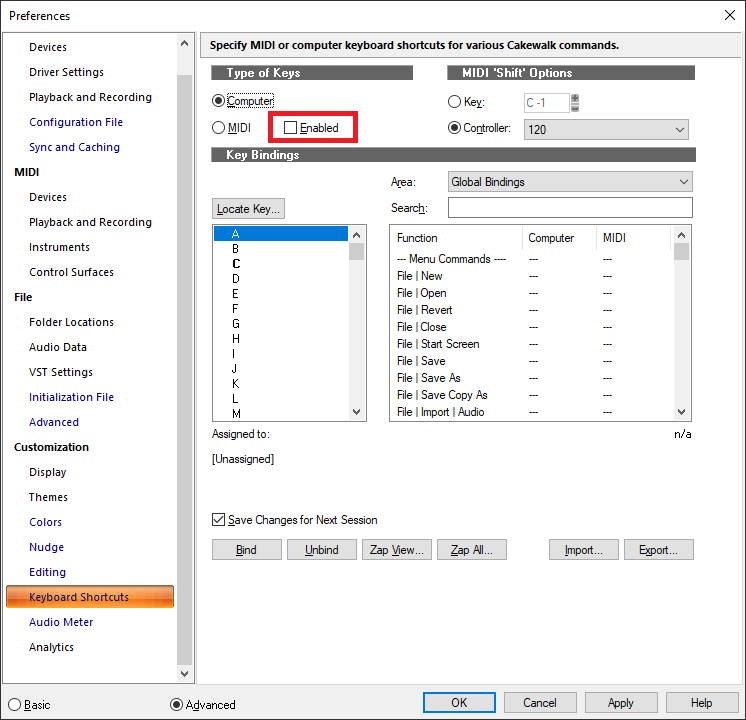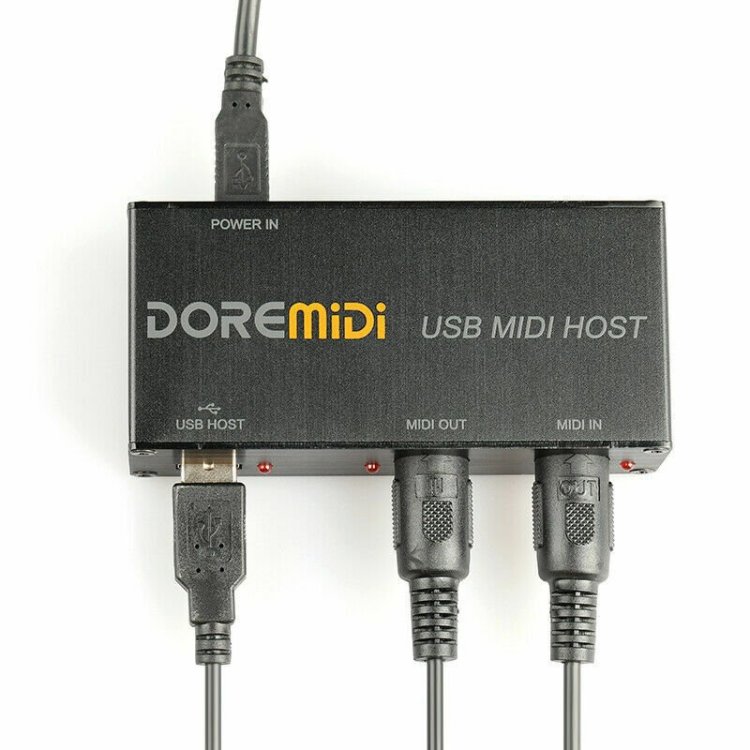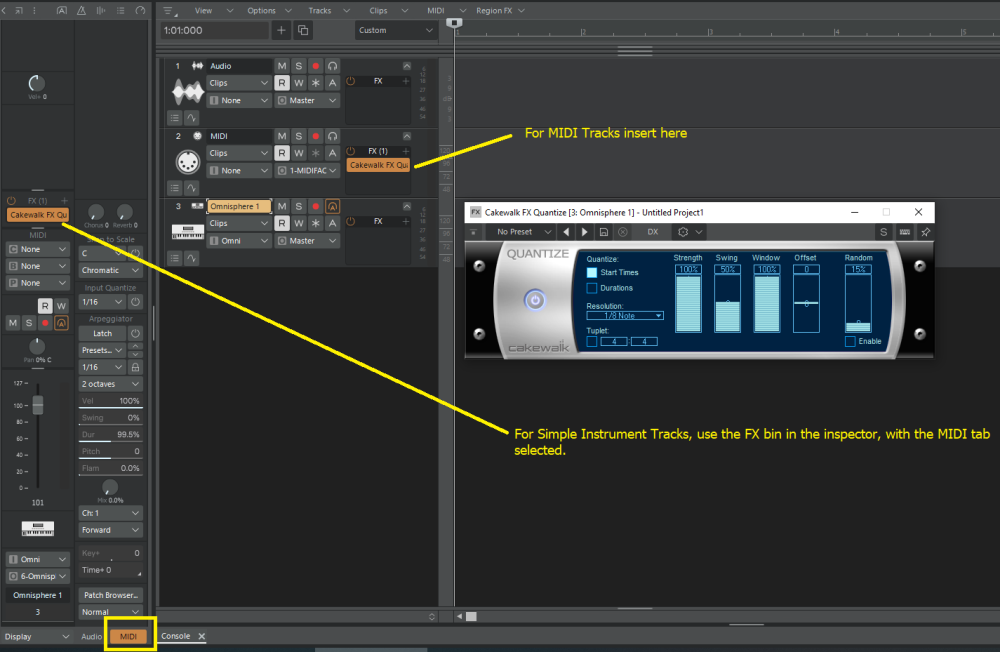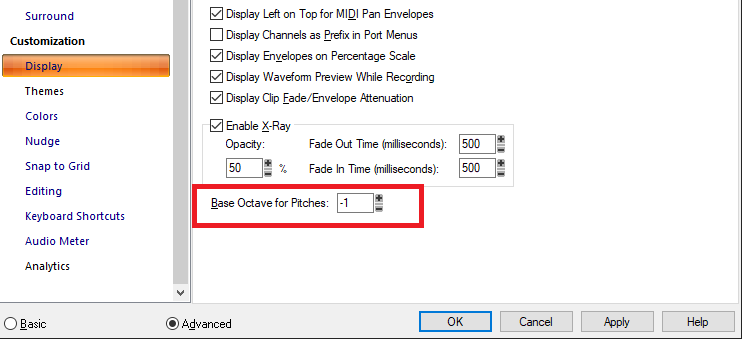-
Posts
7,209 -
Joined
-
Last visited
-
Days Won
39
Everything posted by msmcleod
-
The Event Module in the control bar allows you do to the same in Sonar/CbB.
-
If I'm doing MIDI only recording/playback - and by that I mean hardware only MIDI, i.e. no software synths, I always insert a blank audio track in the project. This allows Sonar/CbB's clock sync to work correctly using Audio as the source, which is often far more reliable than Internal. You can always hide the audio track if it bothers you being there.
-
Actually it does. As soon as you open ASIO4ALL, it opens the WDM driver for your audio interface and sets its sample rate/bit depth to what ASIO4ALL wants. Even when the DAW closes the ASIO4ALL driver, ASIO4ALL stays active in the system tray with the WDM driver still open. Most audio interfaces will refuse to operate in different sample rates/bit depths in WDM / ASIO mode, so ASIO4ALL and the native ASIO driver will be fighting each other. Some audio interfaces won't even allow WDM and ASIO to be used at the same time. Obviously YMMV depending on what audio interface you're using, but the above highlights the main issue with using ASIO4ALL. TLDR: If you're using Realtek, use WASAPI. For anything else, use native ASIO driver for your audio interface. DO NOT use ASIO4ALL unless you absolutely need to, and you fully understand what it's doing.
-
Although this is technically true, it's worth putting things in perspective. In any system you're going to have a bottleneck somewhere. In a DAW, you've got disk access speed, memory access speed and CPU speed. If you're using plugins, by far the biggest bottleneck is the CPU. Memory comes in next if you've got 100's of tracks (especially with samples). Disk speed only becomes an issue when you're using a large amount of sample libraries that are streaming from disk, or a VERY high track/clip count streaming from disk. Streaming 32 tracks of recorded audio data with a handful of clips per track isn't going to be an issue for any disk drive. I was doing that on a P166 with IDE drives back in the 90's, and modern portastudios are streaming 24+ tracks from SD cards which are way slower than any hard-disk drive, never mind SSD's. FWIW I'm currently using SSD drives via SATA 2 and have zero issues. A large Omnisphere patch takes around 30-45 seconds to load on a 5400rpm hard-disk drive - on my SSD drives it's around 2 seconds. Would NVMe be quicker still? Absolutely. But does it warrant the extra cost? That's for the OP to decide.
-
It could be a MIDI message that is bound to a keyboard shortcut. Take a look at your keyboard shortcut settings, and see if you've got MIDI checked... if you have, uncheck it:
-
-
I think there's a general misunderstanding here regarding headroom. Regardless of how loud or quiet the waveform is, ALL audio within Sonar/CbB is converted to 32 bit float (or 64 bit float if using the 64 bit engine) as soon as its read from the file on disk. This effectively gives you unlimited headroom during the mixing process (it can literally go to 1000's of db or 1/1000ths of a db). It's only when it reaches your mains out that its then converted back to 24 bit integer, where at this point it could clip, or be too quiet. That being said, the volume fader on a track/bus only has a finite range. This is where normalize can be useful, as it can make a quiet sound louder or a loud sound quieter, meaning that the fader can be used on a more useful range. Yes, there's offset mode - but again, it's still limited in its range. Normalize will not change the existing dynamic range of a clip. All it does is make it louder or quieter. The most common use for normalize is to make quiet audio louder. If the audio is too quiet, then once you've pushed the track fader up to +6db, it can't go any louder. Normalizing the audio will make the whole clip louder, allowing the fader level to be reduced, and allowing you to move it up or down. As for the OP's original question... normalize will NOT smooth out the levels of audio. All it does is turn it up or down. To smooth out the dynamic range, use a compressor plugin.
-
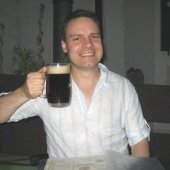
Copying Arranger sections is yielding unexpected results
msmcleod replied to Starship Krupa's topic in Cakewalk Sonar
In your first example, where you'd deleted the section and wanted to copy the other section in its place... use CTRL + ALT instead. By default, the arranger automatically shifts things along as you go. If you don't want this, use the ALT modifier when moving, or ALT + CTRL when copying. The CTRL + C / CTRL + V - the issue here was due to the active track not being the first track. Paste always starts at the active track, regardless of where you copied from. -

Kontakt/Cakewalk/Drum Map/Frustration
msmcleod replied to Alan Gustin's topic in Instruments & Effects
Your Kontakt library instance is listening on MIDI Channel 1, but you've set your drum map to transmit on channel 10. -
The offset can be applied to any MIDI track, including the MIDI track portion of a simple instrument track. Use the MIDI tab at the bottom right of the Inspector to access the MIDI page for instrument tracks. It's impossible to apply a negative offset to live input. You're asking CbB/Sonar to play the note before you have! There are three methods to workaround this: 1. Use a different instrument for recording that doesn't require a delay, then swap to the instrument you want after recording; OR 2. Positively delay all other tracks, leaving the track that requires a delay without a delay; OR 3. Record your part normally, then nudge the clip by the required amount once you stop recording. You can set 3 custom nudge amounts in preferences. Cakewalk by BandLab and SONAR Professional/Platinum only allow Time+ in ticks. The new Sonar allows Time+ in either ticks or ms. If you're using CbB/SONAR Professional: If the tempo of your project is the same throughout, then you can calculate the ticks equivalent in milliseconds for a given tempo and set it accordingly. If the tempo of your project changes, you'll need to create a separate track for each tempo change and do that calculation for each track. To convert milliseconds into ticks: 1 beat is 960 ticks. Say the tempo is 120bpm. 120 beats per minute is ( 120 / 60 seconds ) = 2 beats per second. That means there are 960 * 2 ticks in every second at 120bpm. 960 * 2 = 1920 ticks per second. There are 1000 milliseconds in a second, so 1 millisecond ( 1920 / 1000 ) = 1.920 ticks So the formula is: ticks = ( ( 960 * ( tempo_bpm / 60 ) ) / 1000 ) * milliseconds This is probably more easily done in a spreadsheet (e.g. Excel, LibreOffice/OpenOffice calc):
-
It's worth noting that it will raise the volume so the peak level hits the target you specify... not the average level. It is useful for raising a very quiet recording to a sensible level though.
-

Hardware MIDI Out for USB-only keyboards, etc
msmcleod replied to Amberwolf's topic in Instruments & Effects
Interesting... I was just looking at a similar device today: https://www.ebay.co.uk/itm/403116080111 -

Kontakt/Cakewalk/Drum Map/Frustration
msmcleod replied to Alan Gustin's topic in Instruments & Effects
You can configure Kontakt to receive on different MIDI channels for each instrument library, so you'll need to ensure your drum map is outputting to the same port for each drum, but on the correct MIDI channel for the instrument library you want. -
Process->Insert Time/Measures, and only check Markers in the dialog
-

Send Sysx when transport stops? Or from a shortcut key?
msmcleod replied to Tim Godfrey's topic in Cakewalk by BandLab
This is what I used to do when working with HW synths. -
Here's a quick demo of creating a new instrument definition from scratch (in this case for a Yamaha P200 piano). I'm pressing the "Ins" key to add each new patch entry:
-
No way of doing this I'm afraid - at least in Mackie Control mode, the nanoKONTROL 2 is hard-wired to bank up/down.
-
This has definitely caused issues in the past. These folders should definitely not be compressed: C:\Program Files\Cakewalk\Shared Utilities C:\Program Files\Cakewalk\Shared Plugins Their content isn't very large, so if you do have a compressed drive, uncompressing these two folders shouldn't make much of a difference.
-

Track view: Is there a "Find track by name" that I'm missing?
msmcleod replied to bitman's topic in Cakewalk by BandLab
There is likely to be something like this (plus much more) in Sonar at some point though... probably later on in the year. -

Feature Request: "Unquantize" or "Reset Quantize button"
msmcleod replied to Jaime Ramírez's topic in Cakewalk Sonar
When using Input Quantize whilst recording, the original unquantized version is lost, as the quantize happens during the recording process - there's no way of going back. Another way to obtain the same result is not to use input quantize, but instead use the Quantize MIDI FX in the MIDI track's FX bin. This way you can simply bypass the Quantize FX if you need the unquantized version.




